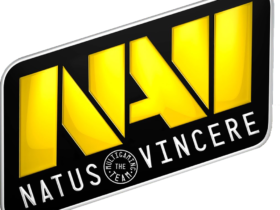TESDA logo and symbol, meaning, history, PNG
- The TESDA logo conveys the institution’s mission with the help of symbols.
- 313, which established a solid base for creating technical-vocational schools in many parts of the Philippines.
- Another TESDA’s predecessor was the Bureau of Technical and Vocational Education (BTVE) founded in 1982.
- The history of TESDA started in 1994, when the legendary Republic Act 7796 was signed, also called the “Technical Education and Skills Development Act of 1994.” It wasn’t an entirely new institution, though, but the result of the evolution of the already existing system of government agencies.
- According to the document, TESDA resulted from the merger of three structures: NMYC, BTVE-DECS, and DOLE.
- The agency was to operate the sphere previously served by these structures.
- Symbol overview Before we start “deciphering” the meaning of the logo, it’s reasonable to take into consideration the aim and mission of the agency.
- To begin with, it was created as a way to manage and supervise technical education and skill development, while the official explanation of the mission states that the agency shows the direction and promotes actual standards and programs of modern technical education and certification.
- Technically speaking, the logo can be broken into two parts: the emblem and the lettering.
- The emblem, in its turn, consists of three parts, each with a meaning of its own.
- Right above the “Y”-shape, a solid blue circle can be seen.
- While a ring generally can mean almost anything, here, it’s a symbol of the skilled manpower of the Philippines.
- As the official website states it, this is the main reason why TESDA was founded and the main aim it serves.
- And now, let’s take a look the three identical elements forming the outline of the design.
- As part of the TESDA logo, it’s a symbol of a rather complex concept – industrial progress powered by successful and carefully planned manpower development (which is represented by the elements inside the wheel).
- Font The typography is pretty legible without sacrificing a distinctive and unique style.
- The lettering is based on the font called Fremont Bold, which was published by FontSite Inc. That’s not the case here, though.
- In Fremont, the serifs look memorable and recognizable because of their unconventional shape.
- On the downside, we can’t say that this type goes well with the pictorial part of the logo – the two parts of the design don’t seem to have “rhyming” elements, which could have helped to merge them visually.












Leave a Review